Suitable for buying potted herbaceous flowers directly in winter, they will continue to bloom in the cool season
The following herbaceous flowers are suitable for buying potted plants for viewing in winter and spring. They like cool environments and have particularly strong flower production. They can bloom brilliantly on the balcony. In places with warm winters, you can enjoy the flowers throughout the winter and spring.
Suitable for buying grass flowers in winter (potted flowering seedlings)
1. Gypsy Sky
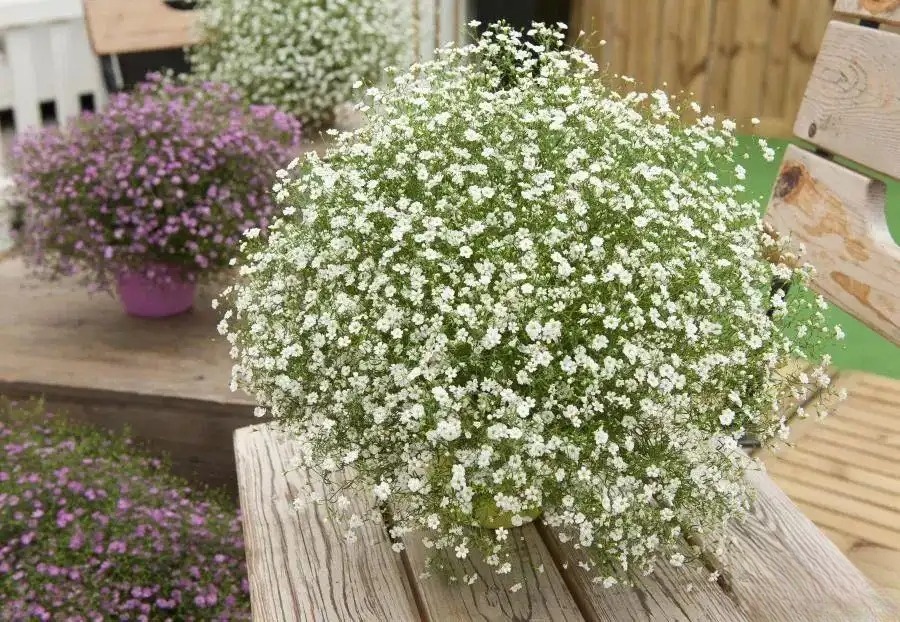
The baby's breath mentioned here is not the purple-calyx spurred flower in tropical areas, but the gypsophila baby's breath, which can bloom brilliantly in spring and summer every year. It has extremely abundant flowers, and the colors are relatively tranquil and charming. The most common colors are pink and white, and other colors are relatively rare.
Gypsophila is generally propagated by cuttings. In autumn, you can use young branches for cuttings. Generally, choose the top young branches and cut them into the soil. They will take root after two or three weeks.
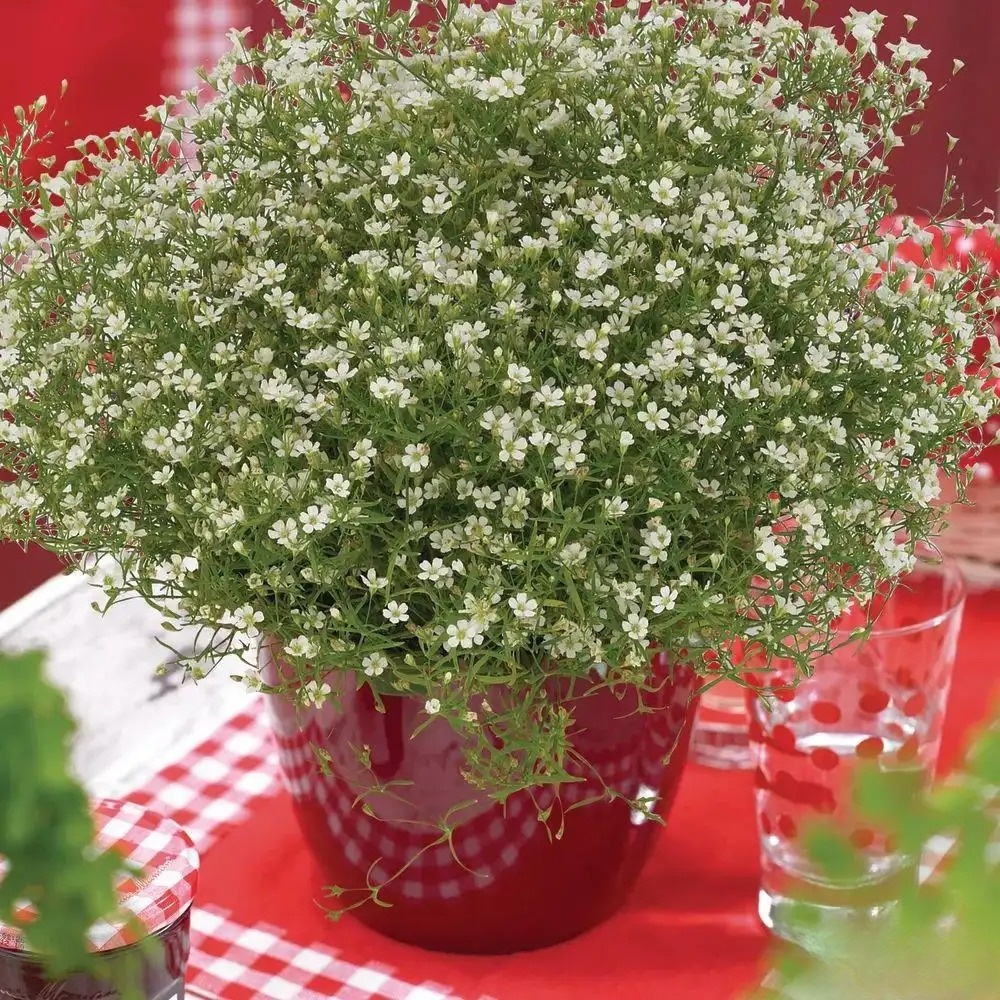
Gypsophila has a good ability to adapt to the environment. It grows fast and is suitable for growing in places with more light. The soil must be fertile and loose. Weakly alkaline soil should be used for cultivation. If the potting soil is acidic, you can add some wood ash and lime to improve the soil.
Gypsophila can not be grown well in all places. It is afraid of heat and will grow better in a cool environment. The best temperature for maintenance is around 15 degrees. If the temperature exceeds 30 degrees, it will basically not bloom.
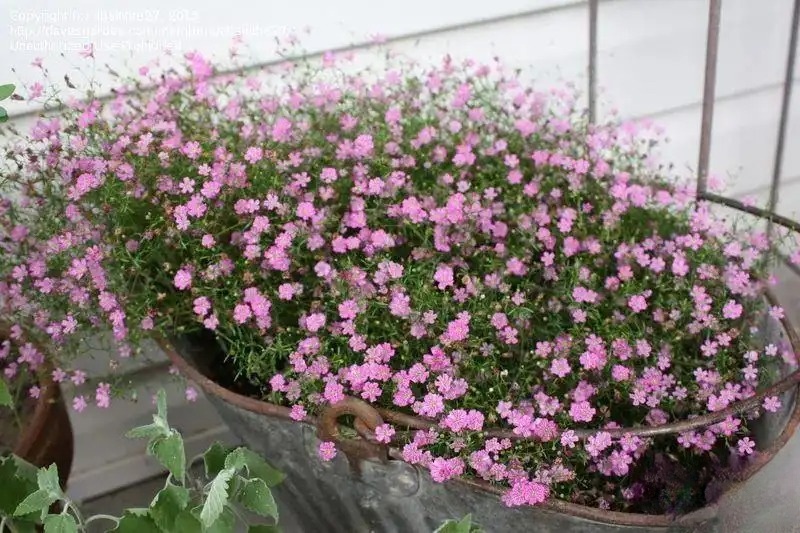
After buying the baby's breath seedlings, you can use the original pot to maintain it. Don't rush to change the pot at the beginning. After the roots have grown all over the small pot, you can change to a larger pot. You can grow it into a hanging pot or a combination pot. Don't give too much fertilizer during the maintenance process. You can occasionally add some calcium fertilizer or average fertilizer.
When caring for baby's breath, in addition to giving it as much light as possible, you must pay attention to pinching the top regularly during the growth process, and also ensure that it has more water. It is very afraid of lack of water. As long as it lacks water, the branches and leaves of the entire plant will wither and turn yellow. Avoid long-term rain during maintenance, especially in hot summer weather.
2. Petunia
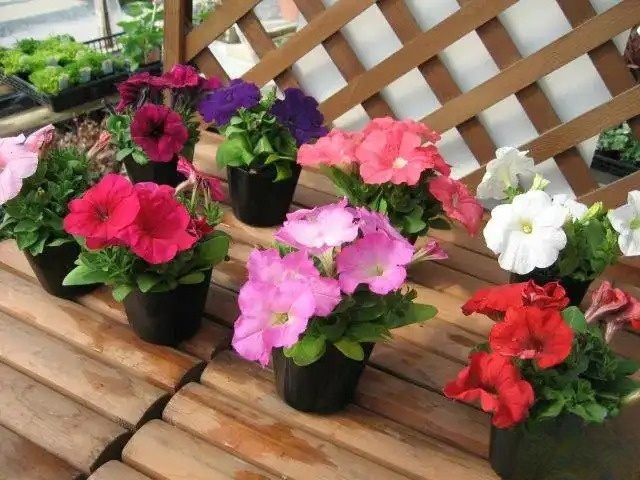
There are many varieties of petunias, including the common red, pink, orange and various mixed colors. They are very suitable for growing in potted or hanging pots. As long as they are properly maintained, they can bloom continuously all year round.
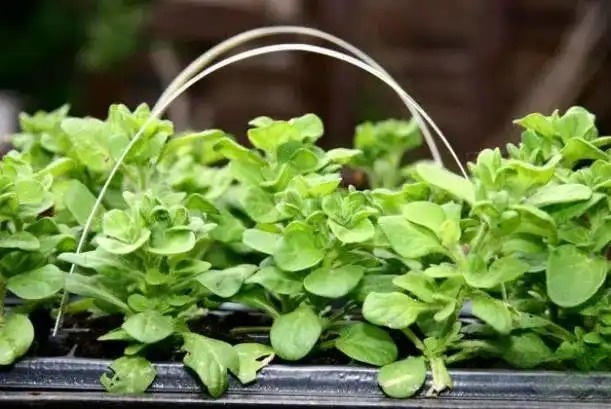
To grow petunias, you need to constantly pinch the tops and apply thin fertilizers frequently. If it is a seedling, do not let the first batch of petunias bloom. Wait until the plant grows strong and the stems and leaves grow vigorously before letting it bloom normally. Remove the remaining flowers in time after flowering to avoid further loss of nutrients. Do not let it set seeds in the early stage, otherwise it will affect the later flowering.
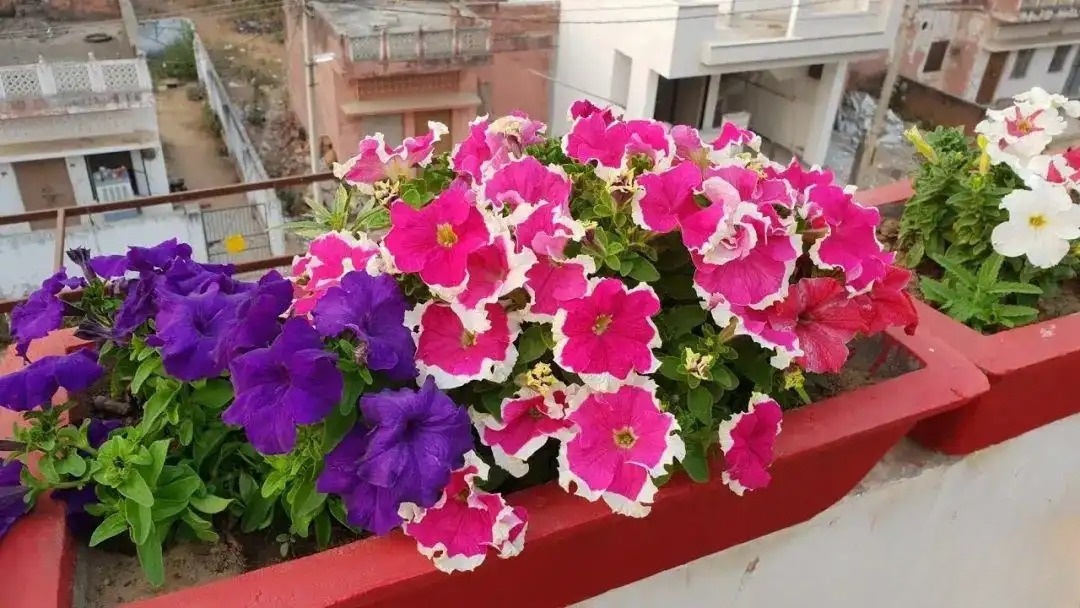
Petunias need to be kept in a sunny place to grow well. They will bloom less in semi-shaded places. The environment for petunia maintenance should be well ventilated. If the environment is closed, the plants will wilt easily. In addition, you should pay attention to regular watering. When the air is dry, you should increase the frequency of watering and spray water on the leaves.
Every time you transplant petunias, you should add enough bone meal or other organic fertilizers as base fertilizer in the pot. During the growing season, you should apply thin fertilizers frequently. It is best to use water-soluble fertilizers. In the early growth stage, you should apply Huaduoduo No. 1 to promote stem and leaf growth. When it is about to bloom or form flower buds, you can add Huaduoduo No. 2 and potassium dihydrogen phosphate solution.
3. Million Bells
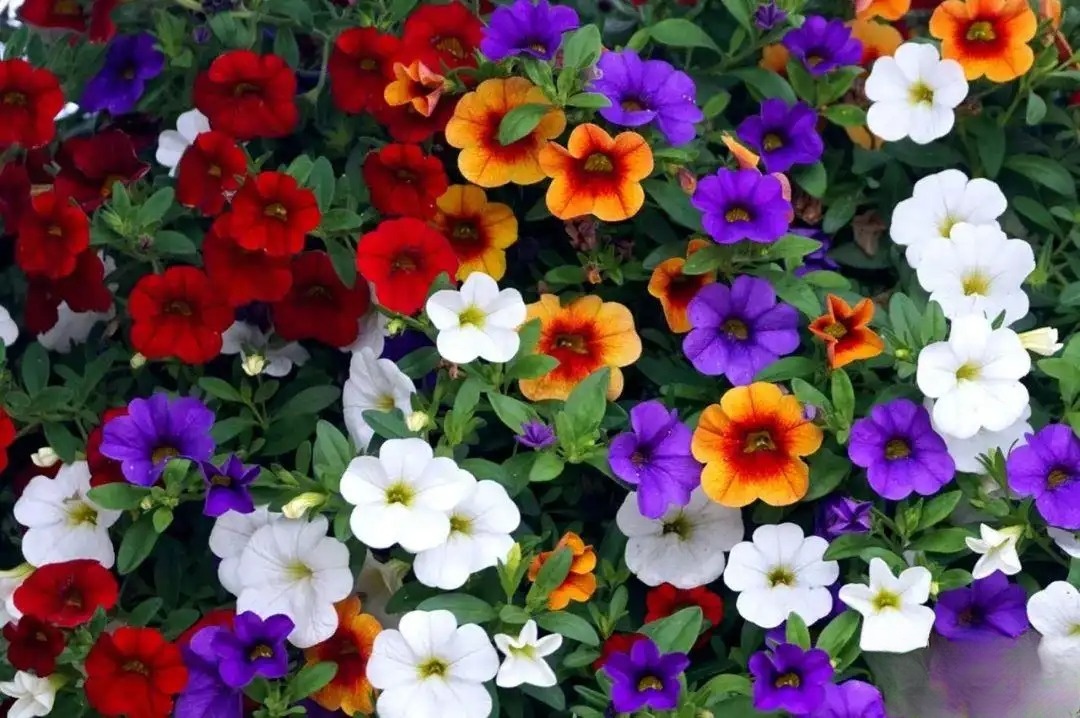
Million Bells is also called "Dancing Spring Flower". It is a relatively hardy herbaceous flower. Its shape is very similar to that of petunia, but the flowers are smaller than those of petunia. It can bloom all year round, but it cannot grow in colder places in winter. It can generally continue to bloom in spring, summer and autumn.
Million bells are suitable for growing in potted or hanging pots. During the planting process, you must pay attention to giving it more light. When the light is too strong, you must pay attention to increasing the frequency of watering. Once you encounter high temperature weather, you must also pay attention to occasionally spraying water on the leaves to enhance environmental ventilation and prevent the plant from withering.
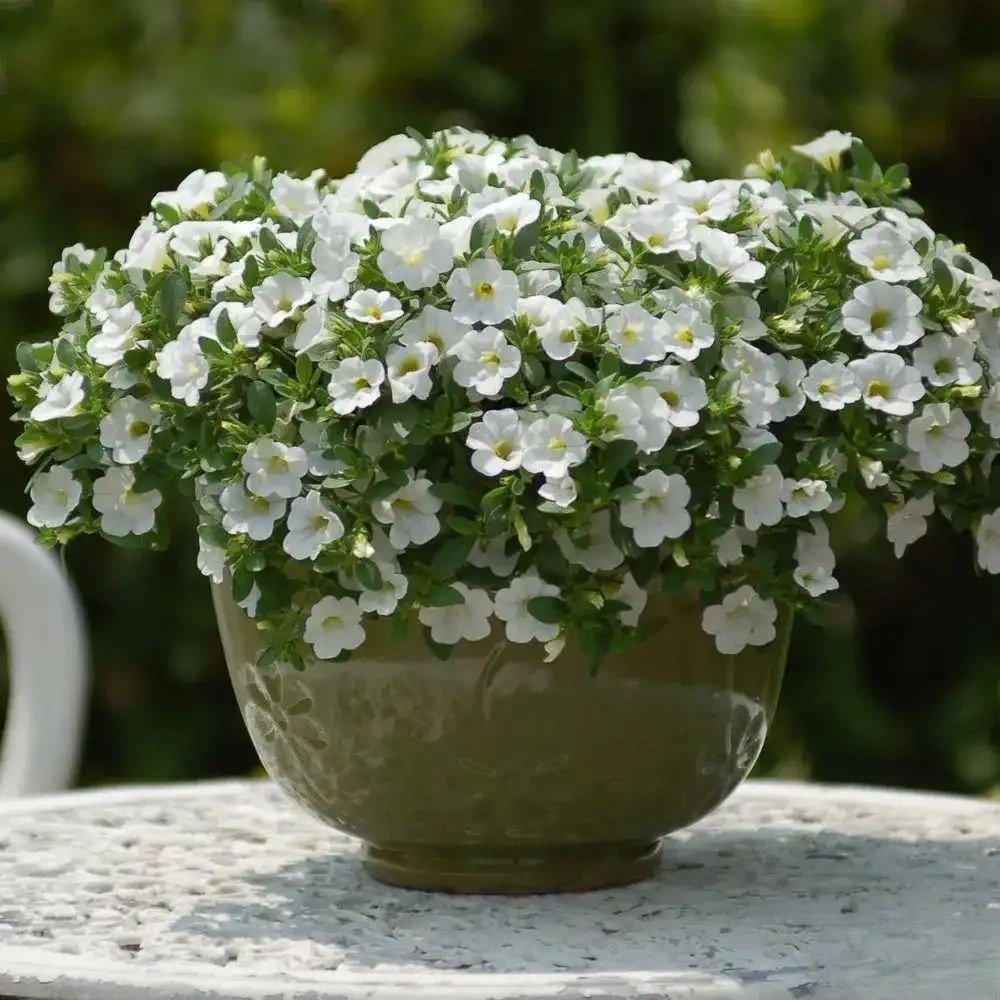
If you want the million bells to bloom more, you should also pay attention to pinching the top regularly, which is also called "pinching". Whenever the branches grow a little longer, you should cut off the tender buds on the top to promote the growth of more branches. In addition, you should keep applying thin fertilizers frequently. The potting soil should not lack nutrients or sunlight. In a ventilated and warm environment, it will grow particularly fast.
4. Pansy
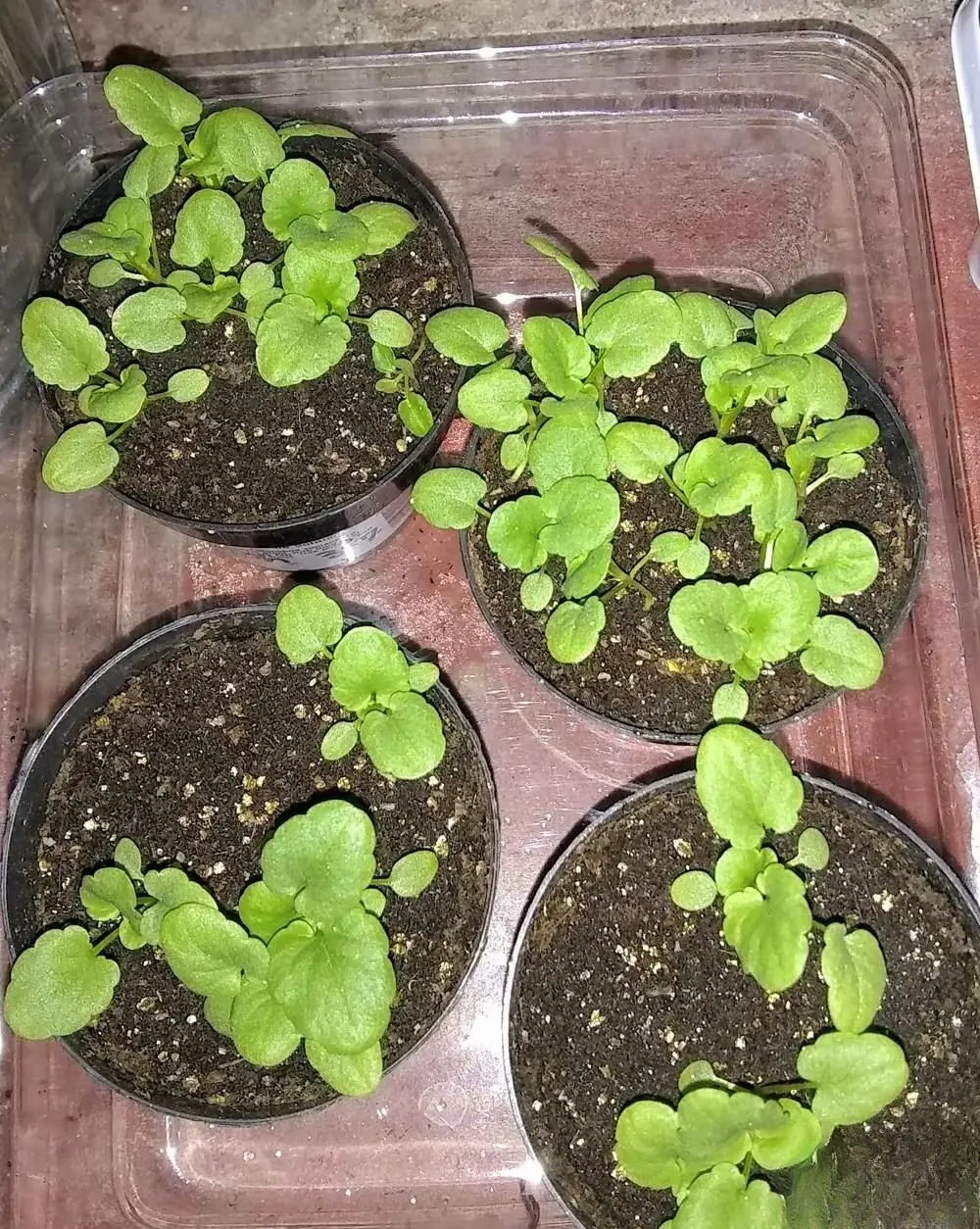
Violets can bloom brilliantly in winter, from winter to the summer of the following year. It has good cold resistance and does not require excessive light to grow and bloom. It is more suitable for growing on windowsills. Its plants are relatively small and will not take up too much space. It is more ornamental, and its flowers look very lively, like little ghost faces.
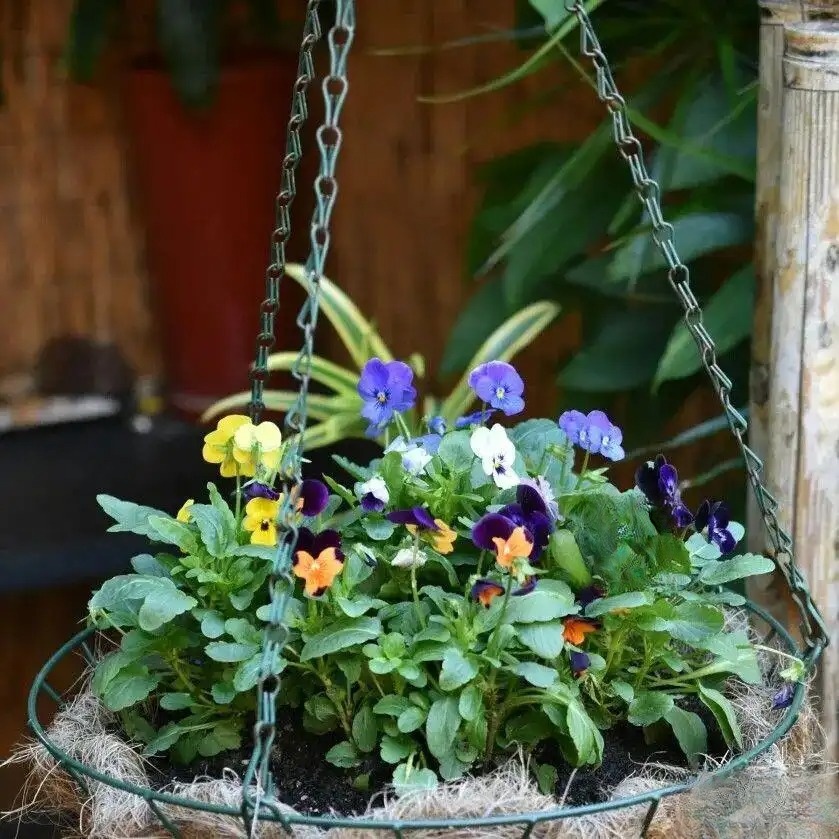
Pansies come in many colors, including the common yellow, white, chocolate, sky blue, etc. Pansies are suitable for growing alone in miniature pots, or they can be combined into combined pots and placed on balconies or windowsills. They can bloom vigorously with about 4 to 6 hours of sunlight a day.
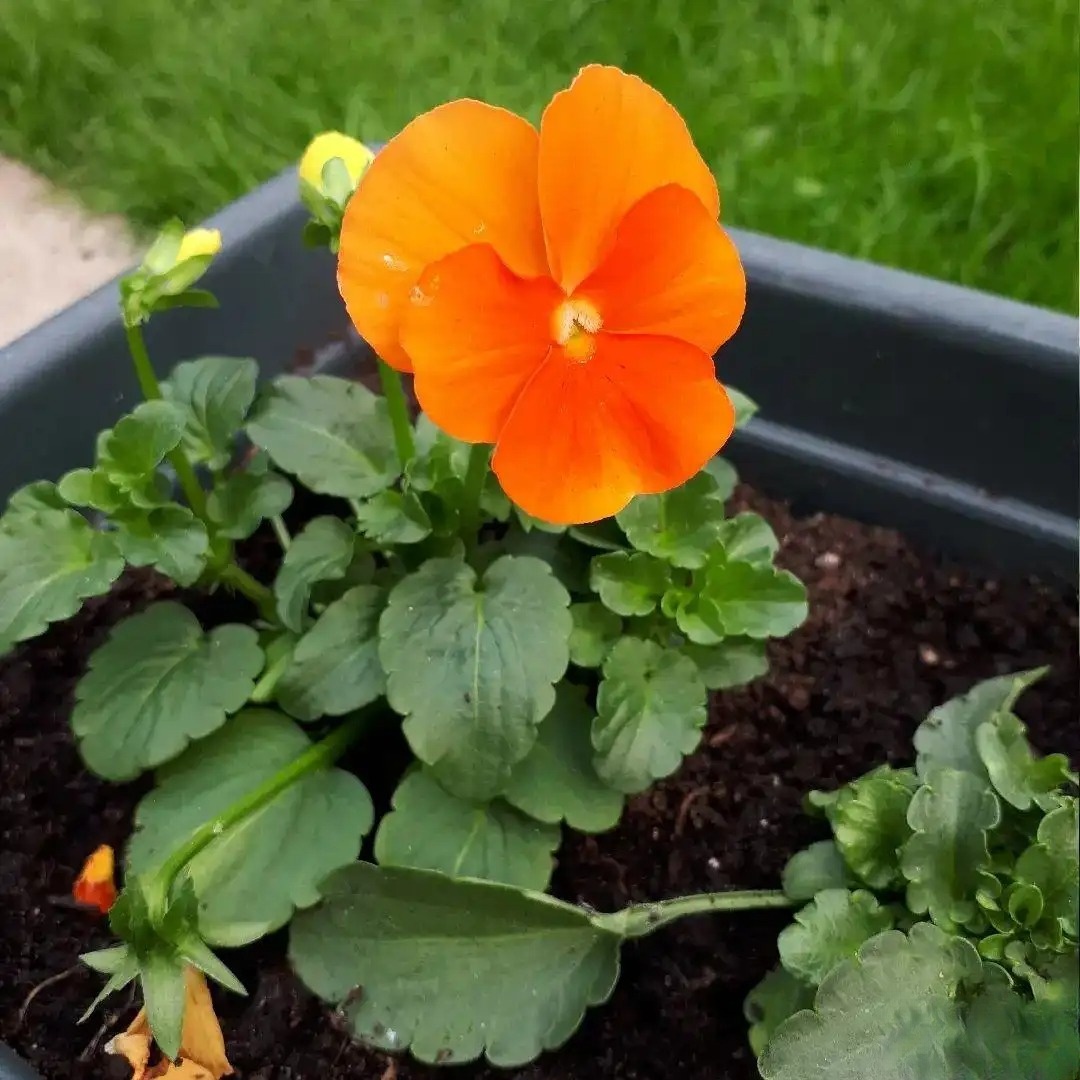
The temperature for maintaining pansy should be maintained above 5 degrees, so it can safely overwinter. During the period of nurturing flower buds, you must pay attention to regularly replenishing potassium dihydrogen hydrochloride. You can spray it every 5 to 7 days, spray the leaves and backs evenly, and irrigate the soil to ensure that the pansy can bloom vigorously.
5. Eustoma
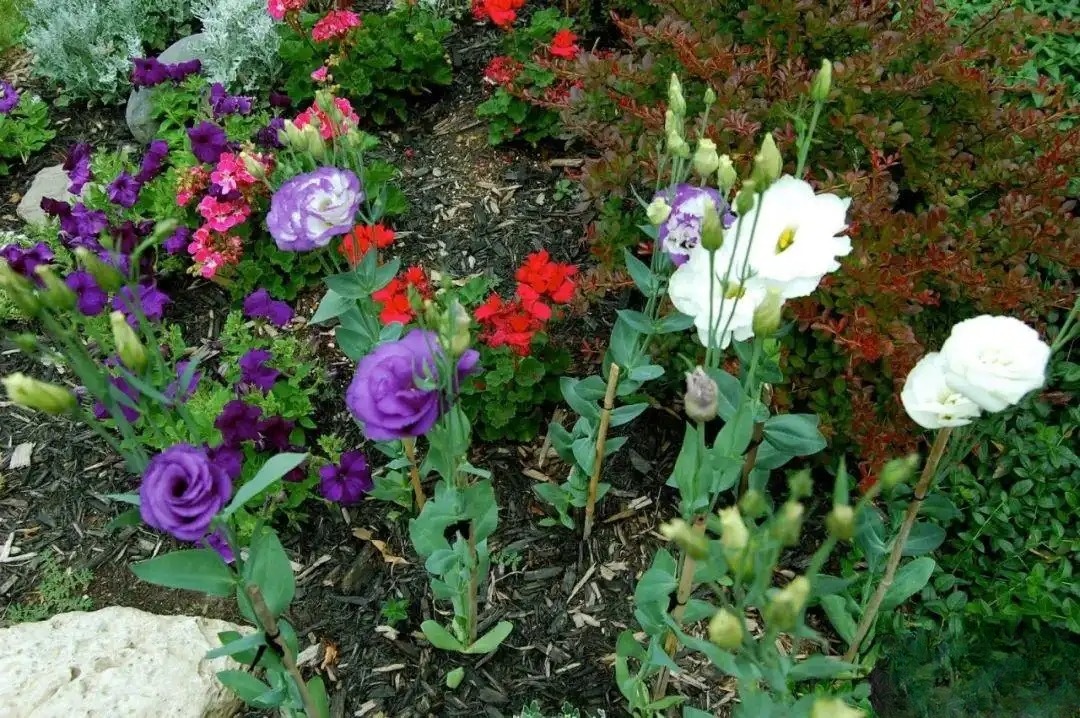
When planting other herbaceous flowers, they need to be pinched regularly during the growth process. However, when caring for lisianthus, you should not pinch too hard. Generally, pinching the top once at the base of the branch is enough to ensure that the small branches that grow are full enough. Because its flowers are relatively heavy, when the flowers bloom, if the branches are too thin and soft, they will not be able to support the weight of the flowers and will easily droop.
When you first buy potted lisianthus home, you must not expose it to the sun all at once. You should first place it in a shaded and ventilated place for 3 to 5 days before slowly exposing it to the light, gradually increasing the amount of light.
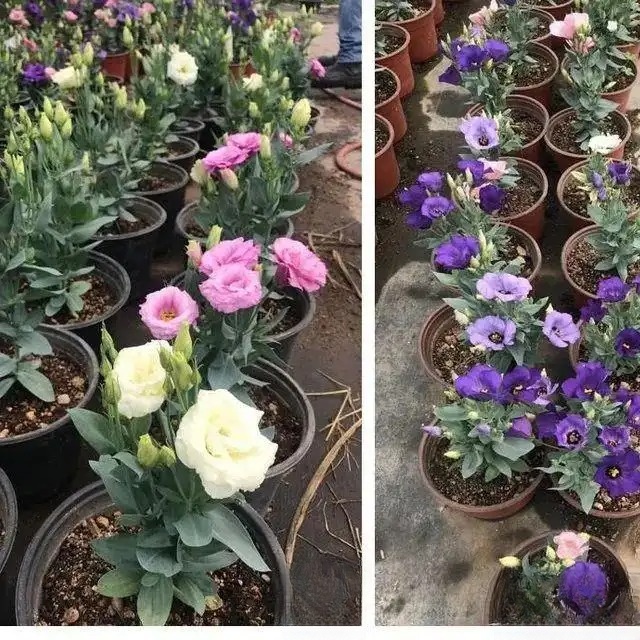
When growing potted lisianthus, give it some soft scattered light in the early growth stage, and then gradually increase the light. When it is cold in winter, the branches and leaves on the ground will wither, and when it warms up in the spring of the following year, small buds will grow from the bottom of the rhizome. Then you can start to add thin fertilizer and gradually increase the light.
The maintenance temperature in winter should be maintained above 5 degrees. When the temperature is low, you should pay attention to controlling water and fertilizer, or even stop watering. After the new buds sprout in spring, you can start to apply thin fertilizer with a balanced nitrogen, phosphorus and potassium to allow its branches and leaves to grow vigorously first. When it begins to form flower buds, you can start to supplement with phosphorus and potassium fertilizers.
6. Ball chrysanthemum
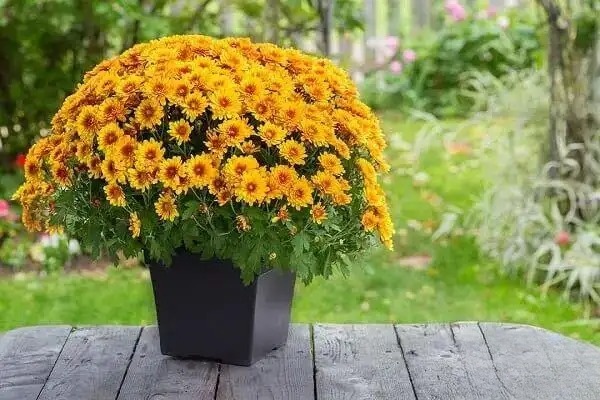
If you want your potted chrysanthemums to bloom profusely, then ball chrysanthemum is definitely a good choice. It can bloom so much that the pot is full of flowers, and it is also called "thousand-headed chrysanthemum". Its plant is small, so it is completely fine to grow it in a pot.
If you want to better cultivate potted chrysanthemums, including the common autumn chrysanthemums, you can directly buy some seedlings. They are relatively cheap and easy to maintain. They can grow into large seedlings soon after you buy them.
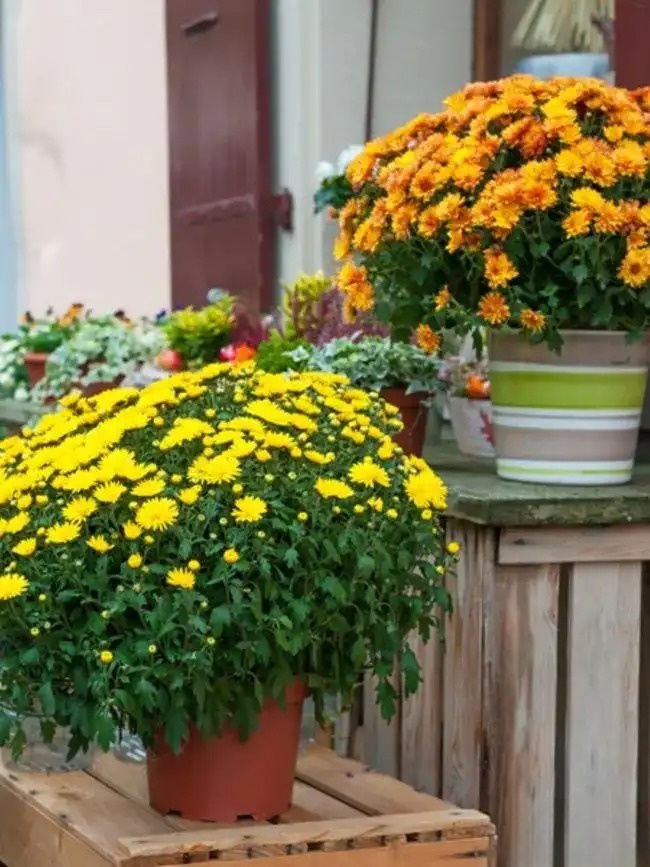
Chrysanthemums are relatively cold-resistant. As long as the temperature is still above 5 degrees, you can spray the pesticide directly. For potted chrysanthemum seedlings planted in the ground, do a good job of frost prevention in the first one or two months. You don’t need to take care of them too much in the later stage, as they are very cold-resistant.
When planting chrysanthemums, add some base fertilizer to the bottom of the pot or under the soil. It is best to use organic fertilizer, including common sheep manure fertilizer.
7. Aquilegia
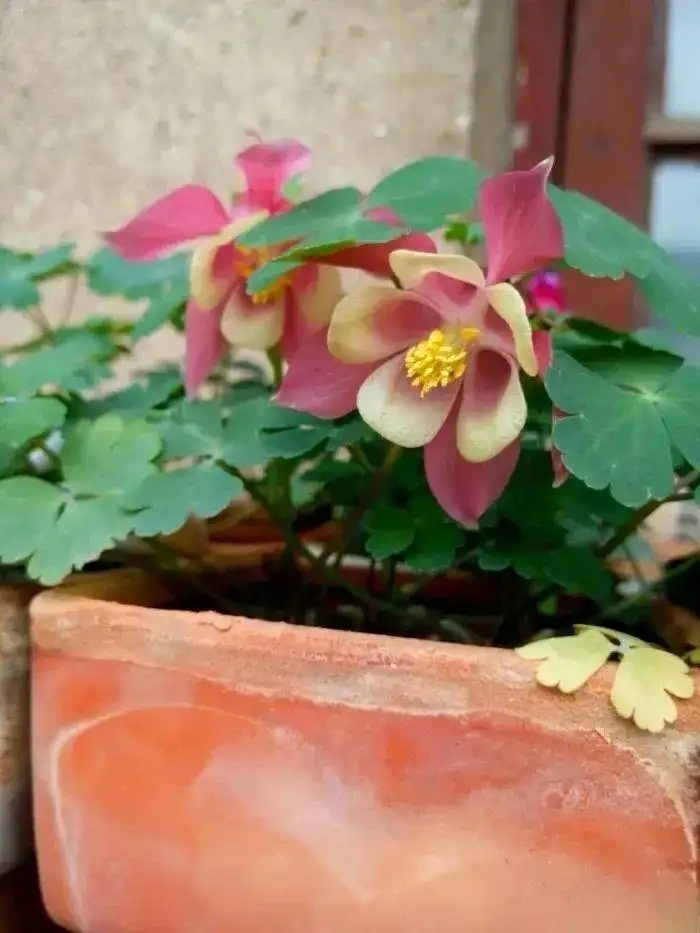
Aquilegia is a common herbaceous flower that blooms in early spring. If the summer can be kept cool, it can survive the summer safely. If the temperature is too high in summer, it will wither. If the summer is cool, Aquilegia can bloom again in autumn and can continue to grow for many years.
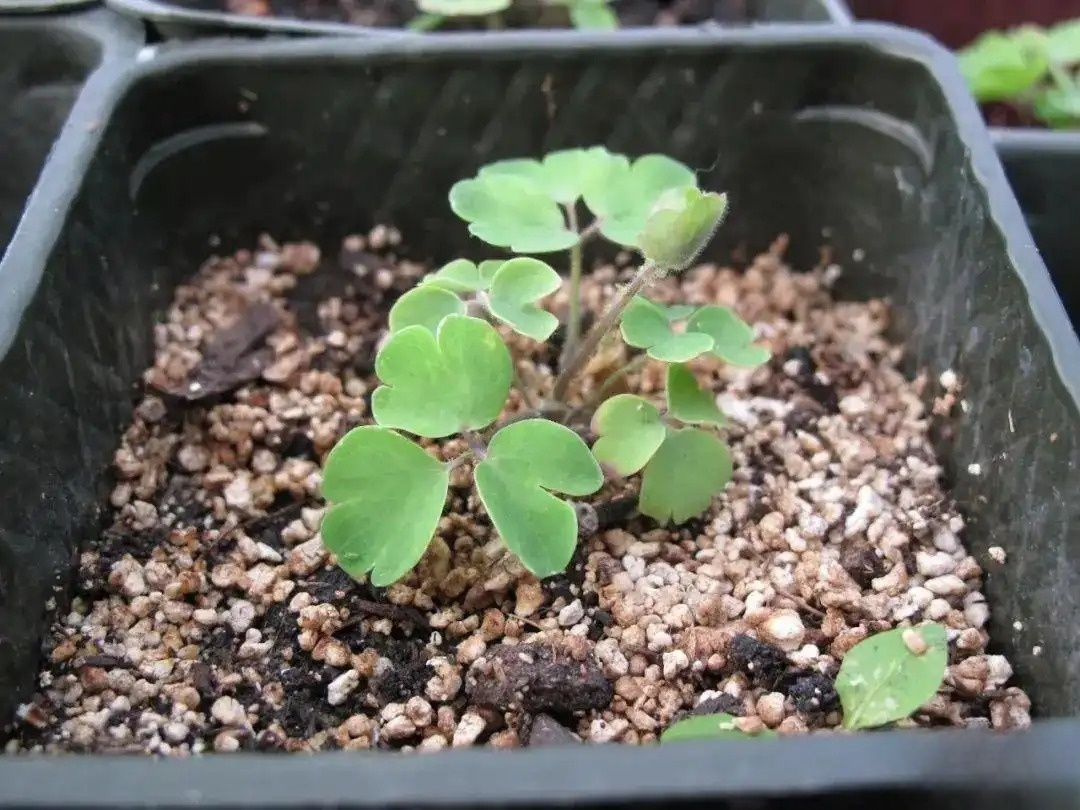
Of course, in most areas, Aquilegia vulgaris is planted as a one- or two-year-old plant. Because it has good cold resistance, it is more suitable to plant it in autumn. It can also be planted outdoors in places with a temperature of around minus 5 degrees Celsius.
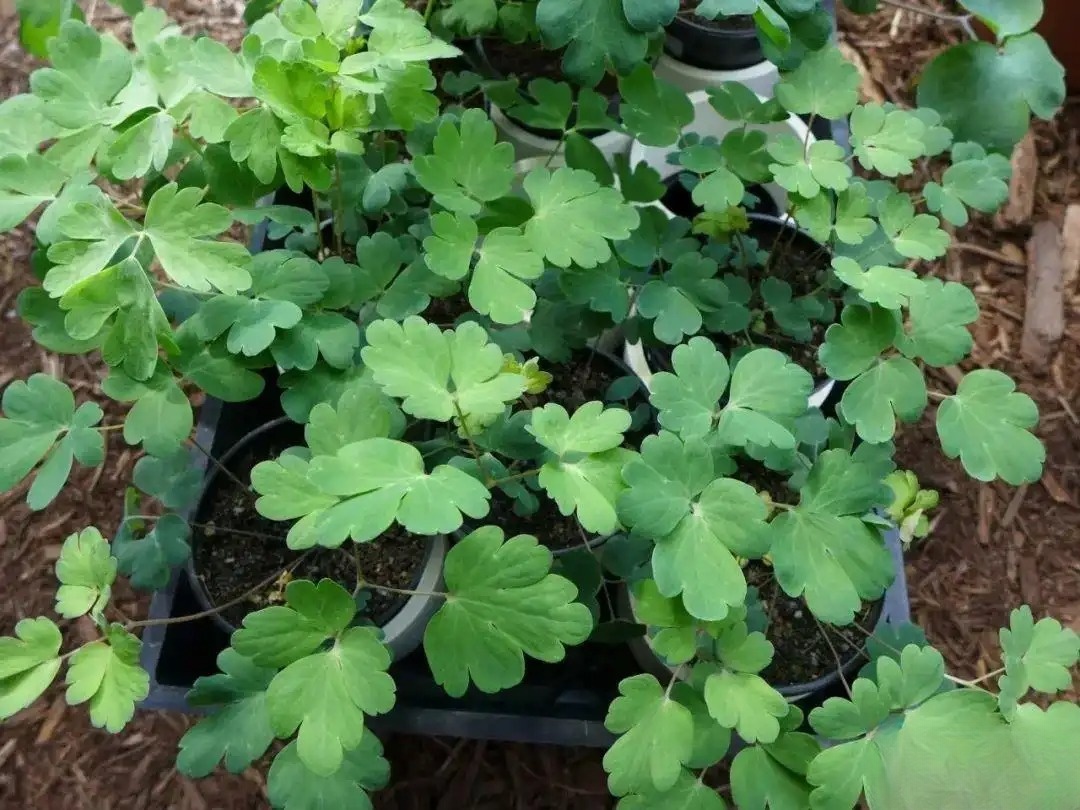
It is suitable to buy seedlings of Aquilegia in autumn and potted seedlings in winter. It can be grown in pots or underground. It can be planted on windowsills, balconies or in the yard. It has a strong ability to adapt to the environment, but it is particularly afraid of heat.
8. Lupine
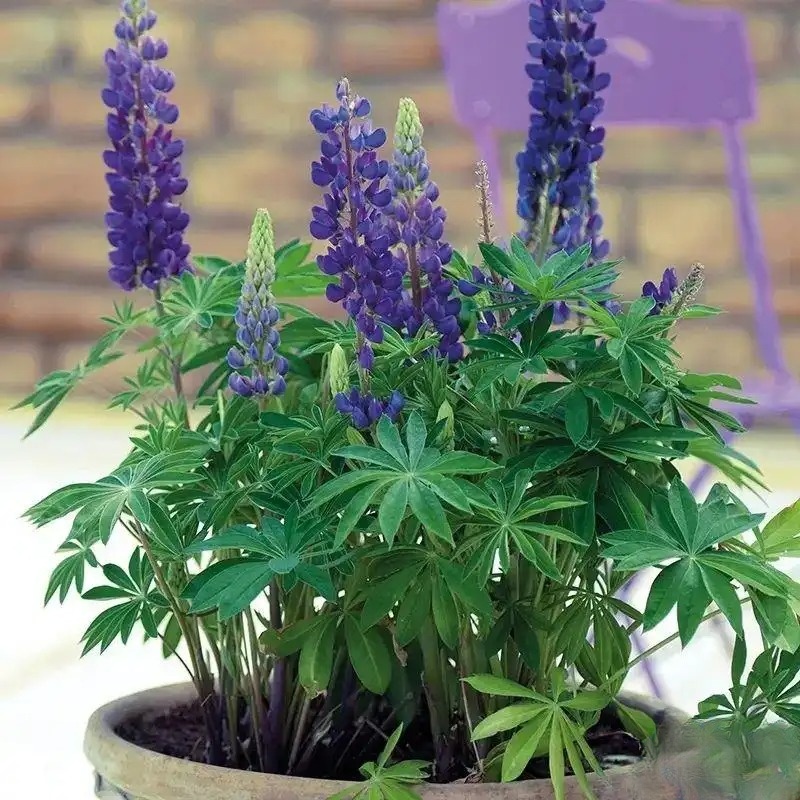
Lupine is very suitable for arranging plant landscapes and for arranging flower borders in the yard. It is also called "lupine" and its flowers bloom in clusters, which are very charming. Its flower spikes are conical, with rich colors and very good ornamental value.
The flowering period of lupine is very long, and it lasts for several months. It is generally cultivated by sowing. You can choose to sow in early autumn for reproduction. At the end of autumn, you can directly buy lupine seedlings in pots for planting.
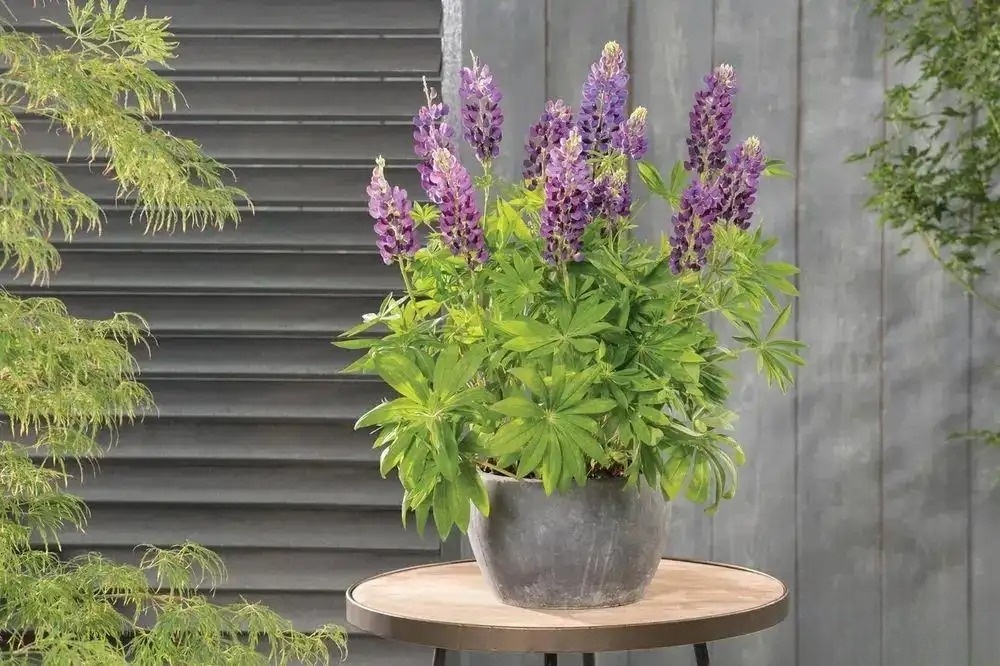
In the later stage of maintenance, lupines need more sunlight and keep the environment cool and ventilated. Lupines are relatively cold-resistant and grow in a loose, well-drained and well-lit environment. If you are planting them as seedlings, be careful not to hurt their roots. Their roots are very deep and they need to be planted in the ground for maintenance. If you want to choose a deeper and larger flowerpot,